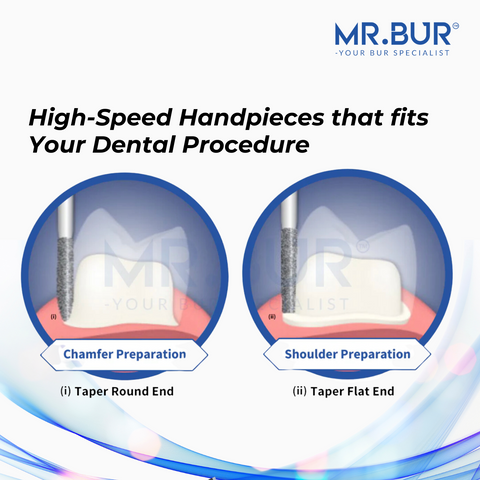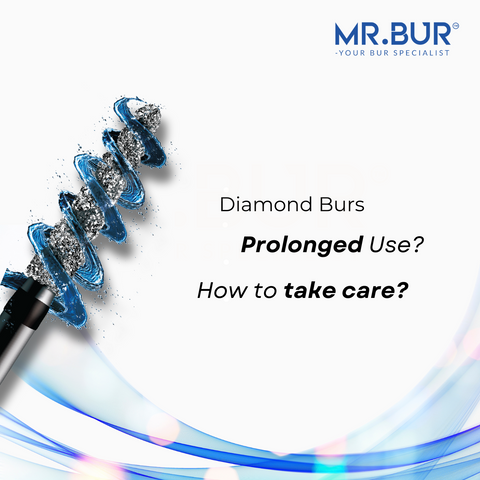One important step in dental surgery is enamel grinding. Damage to teeth sustained during the procedure is still a serious issue, though. The relationship between diamond dental bur grit grain size, grinding depth, enamel orientation, and bur speed was examined in order to characterize surface quality, dental diamond bur wear, and grinding pressures.
The enamel rod orientation, depth of grinding, and speed of grinding were found to have a significant impact on enamel grinding. Compared to axial surface grinding, occlusal surface grinding produced significantly greater forces, surface roughness, and somewhat higher tangential forces. Damage to enamel machined surfaces demonstrated how important rod orientation and diamond grit size are.
The main signs of wear were fracture and diamond grit peeling off. Axial and occlusal section surface roughness was primarily determined by diamond grit size and grinding speed. However, research shows that It could be done to achieve better surface quality on machined enamel surfaces by using finer diamond burs, decreasing the depth and speed of grinding, and modifying the feed direction vertically to match the rod orientation.
Through lessening of brittle failure and circular runout during the grinding process, enamel surface quality and roughness may be enhanced, respectively. Because of vibration and speed variations, subsurface damage happens during enamel grinding, which reduces the teeth's durability. It has been discovered that the type of dental handpieces and abrasive burs are related to surface roughness and enamel wettability. Fibre breaking, debonding, or a combination of these have been caused by failures of the fiber-reinforced structures inside enamel.
Normal and tangential forces decreased with increasing grinding speed and increased with deeper grinding. However, with the increasing circular runout from high-speed rotating diamond bur, variations in torque, tangential and normal forces increased with grinding speed. The sharp diamond bur grit in fine diamond bur could further reduce both the tangential and normal forces. Increasing spindle rotation speed or reducing grinding depth could reduce grinding. This correlation is important when handling the grinding of enamel.
Diamond bur grit size had a substantial impact under similar material removal rates, according to research of surface roughness, suggesting that controlling the grinding force would be an effective way to reduce surface roughness. Since axial parts have rougher surfaces than occlusal regions, grinding in a direction perpendicular to the rod orientation would yield the optimum surface quality. Click here for full diamond bur collections
Diamond Burs, Carbide Burs, Surgical & Lab Use Burs, Endodontic burs, IPR Kit, Crown Cutting Kit, Gingivectomy Kit, Root Planning Kit, Composite Polishers, High Speed Burs, Low Speed Burs
Subscribe our newsletter now!



